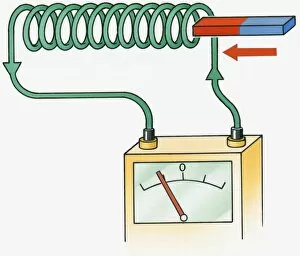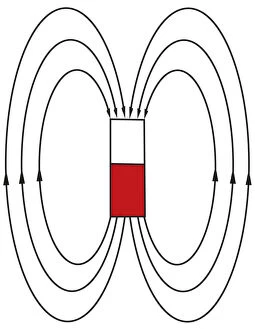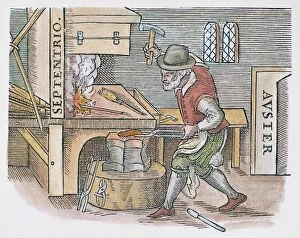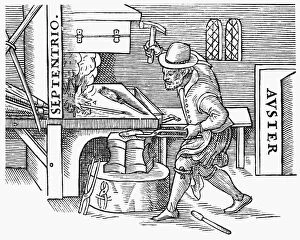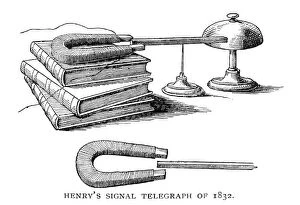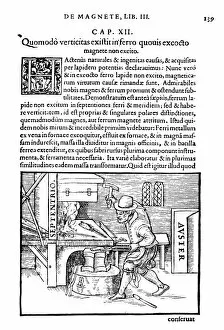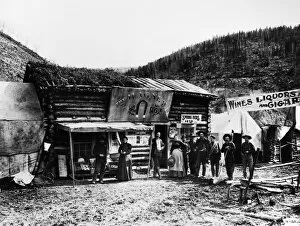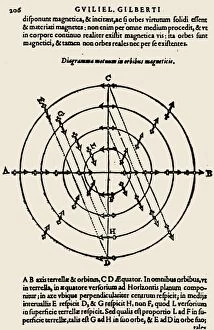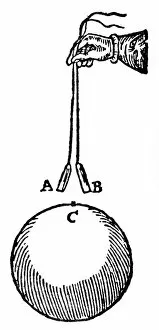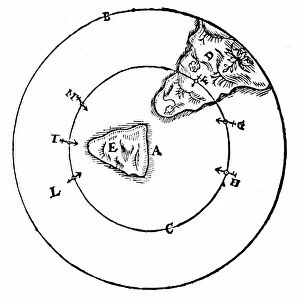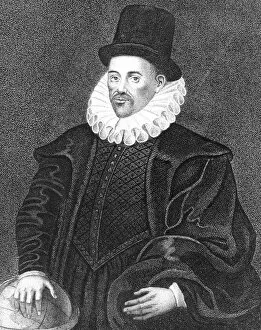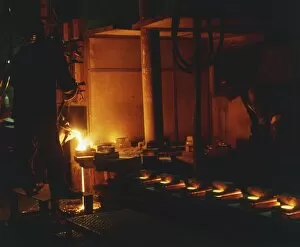Magnet Collection (#5)
"Magnet: The Invisible Force that Fascinates the World" From magnetic repulsion to souvenir house-shaped refrigerator magnets in Amsterdam, Netherlands, Europe
Illustration of bar magnet moving along magnetised metal as hammer hits upright magnetised metal bar
Illustration of unmagnetized steel bar, and magnetized steel bar with bar magnet being stroked acros
For sale as Licensed Images
Choose your image, Select your licence and Download the media
"Magnet: The Invisible Force that Fascinates the World" From magnetic repulsion to souvenir house-shaped refrigerator magnets in Amsterdam, Netherlands, Europe, magnets have a wide range of applications. They play a crucial role in fusion research, powering tokamak devices and pushing the boundaries of clean energy. In Amsterdam, tourists flock to souvenir shops for their own piece of history - refrigerator magnets showcasing the city's iconic landmarks. But magnets aren't limited to tourist trinkets; they are also at the heart of groundbreaking scientific experiments. Deep beneath CERN's LEP collider tunnel, scientists test powerful magnets for the Large Hadron Collider, unraveling mysteries of particle physics. Magnets even find themselves entangled with UFO investigations. The Super Constellation 145925 Project Magnet delves into unexplained phenomena using magnetism as a guiding force. Intriguing illustrations by W Heath Robinson capture the whimsical side of magnetism. From vignette railway scenes in "Railway Ribaldry" to an armoured bayonet curler invention, these depictions highlight how imagination can be sparked by this invisible yet captivating force. Artwork like C016 / 9855 showcases magnetic fields transformed into visual masterpieces. These creations remind us that magnetism is not just science but art too – a harmonious dance between nature and human creativity. As we explore the end-of-magnet components used in the Large Hadron Collider, we realize that magnets hold immense power within their compact structures, and are catalysts for discovery and innovation on both macroscopic and microscopic scales. So next time you come across a magnet – whether it's holding your grocery list on your fridge or hidden deep within cutting-edge technology – take a moment to appreciate its silent influence on our daily lives. Magnets truly embody both simplicity and complexity simultaneously - an enigmatic force shaping our world from Amsterdam souvenirs to scientific breakthroughs.


